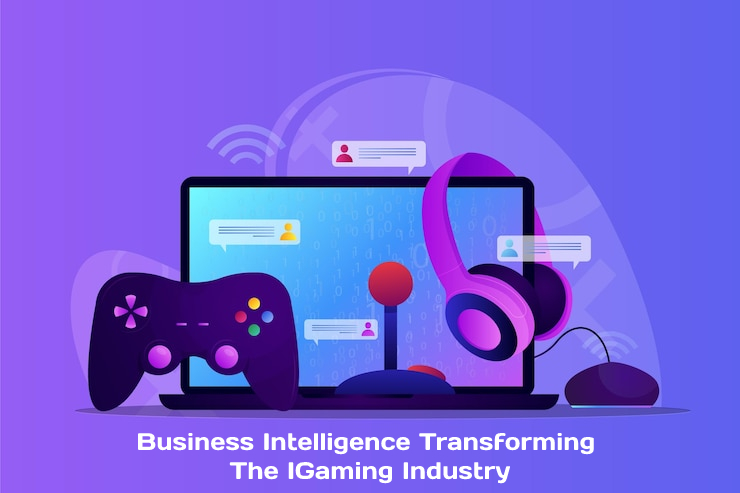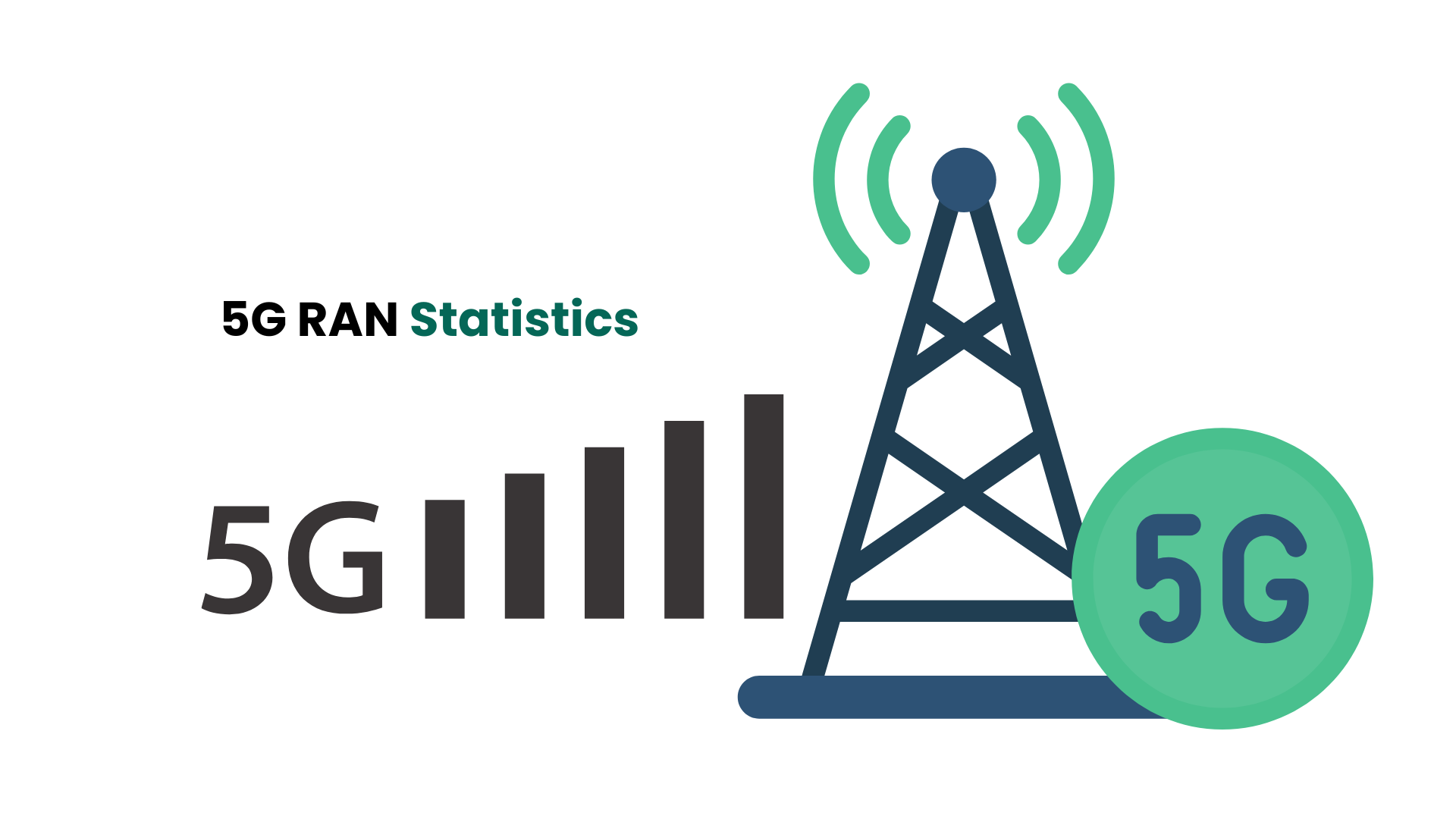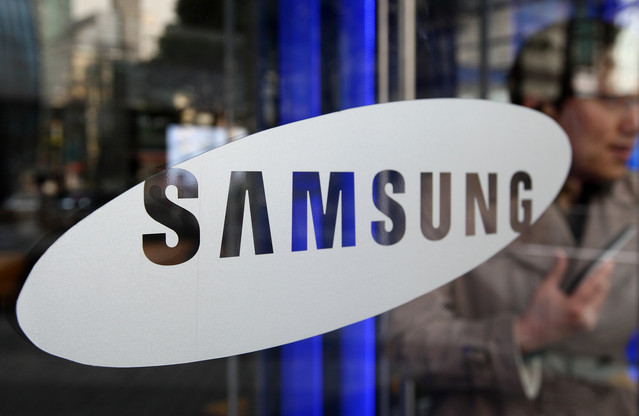WHAT WE HAVE ON THIS PAGE
Market Overview
Chatbot Marketing Statistics: Chatbot marketing involves leveraging chatbots -AI-powered tools that simulate human conversations – to engage customers, automate marketing processes, and enhance the customer experience. These virtual assistants are utilized across various digital platforms like websites, social media, and messaging apps to initiate interactions, provide product information, handle customer inquiries, and guide users through the purchasing process.
According to Market.us, The market for chatbot marketing is projected to expand significantly, reaching an estimated value of approximately USD 70.3 billion by 2034, up from USD 3.6 billion in 2024. This represents a robust compound annual growth rate (CAGR) of 34.6% from 2025 to 2034. In 2024, North America was the leading region in this market, securing over 35.6% of the global share, which equated to revenues of USD 1.2 billion.

Chatbots are becoming a pivotal tool in marketing, particularly for segmenting traffic and delivering targeted advertisements effectively. Their role is underscored by findings indicating that personalized and segmented communication accounts for 77% of a company’s return on investment. Moreover, chatbots significantly enhance the shopping experience and boost sales, with 51% of customers expecting businesses to offer 24/7 availability.
The global chatbot market is poised for substantial growth, projected to escalate from USD 9.2 billion in 2024 to USD 91.33 billion by 2034, at a compound annual growth rate (CAGR) of 25.8%. North America is at the forefront of this market, holding a 37.5% share and generating USD 3.4 billion in revenue in 2024.
A key factor driving this market expansion is the advancement of generative AI within chatbot technology. The market for generative AI in chatbots is expected to surge from USD 151.0 million in 2023 to USD 1,714.3 million by 2033, growing at a CAGR of 27.5%. This growth highlights the escalating demand for sophisticated AI-driven conversational capabilities that substantially improve customer interactions.
In parallel, the broader conversational AI market is also set to experience robust growth. It is forecasted to grow from USD 10.1 billion in 2023 to USD 79.4 billion by 2033, with a CAGR of 22.9%. This expansion is fueled by the increasing adoption of AI-powered chat solutions by businesses to enhance customer engagement, automate services, and optimize operational efficiency.
Overall, the rising demand for chatbot marketing solutions indicates a shift towards more dynamic, AI-enhanced customer engagement strategies. This trend was particularly evident during the 2024 holiday season, which saw a 42% increase in AI-based chatbot usage compared to the previous year, reflecting a growing preference for instant messaging platforms among consumers.
Key Findings
- The U.S. Chatbot Marketing market, in particular, was valued at USD 1.02 billion in 2024 and is expected to expand from USD 1.34 billion in 2025 to around USD 16.13 billion by 2034, reflecting a CAGR of 31.8%.
- Among platform types, Social Media Chatbots held a significant share of 34.7% in 2024. The increasing use of automated customer interactions on platforms such as Facebook Messenger, WhatsApp, and Instagram has fueled this segment’s growth.
- The Cloud-Based Chatbots segment led the market with a substantial 58.4% share in 2024.
- Large enterprises dominated the market with a 70.5% share in 2024. These organizations are leveraging chatbot marketing solutions to scale customer engagement, streamline lead generation, and enhance automated support.
- The E-Commerce & Retail sector maintained a leading position, capturing 28.7% of the total market share in 2024. The adoption of chatbots within this industry is primarily driven by the need to enhance shopping experiences, boost sales, and offer 24/7 customer assistance.
Analysts’ Viewpoint
The primary driving factors for the chatbot marketing market include the need for seamless 24/7 customer service and the demand for cost-effective marketing solutions. Businesses are adopting chatbots to ensure constant availability without the additional cost of human representatives. Additionally, chatbots enhance customer engagement by providing instant responses and personalized interactions.
Demand for chatbots is particularly high in sectors such as retail, e-commerce, and banking, where timely and effective customer communication is crucial. In retail, for example, chatbots are used to streamline the shopping experience by assisting with product inquiries, recommendations, and purchases.
Significant investment opportunities exist in developing more advanced chatbot technologies that can handle complex interactions and integrate seamlessly with various sales platforms and customer relationship management (CRM) systems. Investors are particularly interested in startups that innovate in AI, machine learning, and natural language processing technologies to enhance chatbot functionalities.
Chatbots offer several business benefits, including increased operational efficiency, reduced labor costs, and enhanced customer satisfaction. They automate routine tasks such as answering FAQs and booking appointments, which frees up human agents to handle more complex queries. Moreover, chatbots collect and analyze customer data, providing businesses with insights to tailor their marketing strategies and improve service offerings.
Top Chatbot Statistics for 2025
- Chatbots and virtual assistants are among the most adopted AI tools, with approximately 69% of organizations integrating them into their technology stack. This trend signifies the growing reliance on AI-driven customer interactions.
- Around 16% of businesses are currently utilizing chatbots, with an additional 20% planning to integrate them within the next six months. This demonstrates a clear upward trend in adoption as companies recognize their efficiency and value.
- Nearly 1.5 million people engaged in at least one chatbot conversation over the past year, highlighting the widespread acceptance and use of AI chatbots for communication. Additionally, 82% of customers prefer chatbots over waiting for a representative, indicating a strong preference for quick and automated responses.
- Approximately 24% of businesses that have implemented AI chatbots report excellent ROI. This success rate reflects the efficiency and cost savings associated with automated customer service.
- Despite the widespread adoption, 45% of Americans express concerns about companies storing their chatbot data, underscoring the need for transparent data policies and robust security measures.
- A 5-minute delay in response increases the risk of site visitors leaving by 10 times. This statistic underlines the importance of real-time interaction to retain potential customers and enhance user experience.
- 19% of businesses want to use chatbots to ensure round-the-clock availability. This highlights the growing expectation for continuous service without the need for human intervention.
- The use of chatbots in businesses can save up to 2.5 billion working hours, illustrating their role in enhancing operational efficiency and reducing workload.
- One in five Americans (20%) reported using chatbots in the past month, while 68% of consumers have engaged with a customer service chatbot. This indicates consistent usage, particularly for basic customer inquiries and support.
- Despite the rise in chatbot use, only 10% of consumers worldwide interact with them daily, while mobile phone calls remain the most popular contact method at 36%. This suggests that while chatbots are gaining traction, they are not yet the dominant communication channel.
- Over 33.2% of U.S. consumers are estimated to use AI-enabled banking chatbots, reflecting the financial sector’s proactive adoption of automation for improved customer service.
- About 36% of marketing executives use chatbots to enhance customer engagement, while another 20% plan to do so in the near future. This trend reflects how marketing and support teams are leveraging AI to streamline operations.
- By 2024, chatbots are expected to handle 75% to 90% of customer questions, highlighting the ongoing evolution of customer service automation.
- Approximately 67% of people worldwide have interacted with a chatbot within the past year, with the top five countries being Brazil, Germany, the UK, India, and the US. This widespread usage shows how chatbots are becoming a global phenomenon.
- Platforms like Facebook Messenger host over 300,000 chatbots, reflecting how social media is playing a critical role in customer interaction and service delivery.
- Contrary to common concerns, only 1 out of 10 customers reported a negative experience after using a chatbot, indicating a generally positive reception when chatbots are well-designed and responsive.
- Only 3% of shoppers use chatbots or conversational tools to make purchases, suggesting that while chatbots are effective for support, their role in direct sales is still limited.
Chatbot Adoption Statistics
In recent years, the adoption of chatbots has grown significantly as companies seek to streamline operations and enhance productivity. A substantial 46% of organizations now utilize chatbots primarily for voice-to-text transcription. This trend reflects a growing need for efficient documentation and seamless communication, particularly in remote and hybrid work environments.
In addition to transcription, 26% of companies have integrated chatbots to support team collaboration. This approach allows for smoother project management, faster decision-making, and more connected workflows.
Meeting scheduling has also become more efficient with the use of chatbots, as 24% of businesses leverage this technology to automate and manage employee meetings. This not only saves time but also minimizes scheduling conflicts, making day-to-day operations more organized.
Customer service and IT support are other areas where chatbots play a vital role. Approximately 14% of companies employ chatbots to handle customer inquiries, providing quick and consistent responses. Meanwhile, 13% of organizations use them for IT support, addressing technical issues without the need for direct human intervention.

Source: coolest-gadgets.com
(Reference: tidio.com)
Chatbot usage statistics

Regional Analysis
The U.S. Chatbot Marketing market was valued at USD 1.02 billion in 2024 and is projected to grow from USD 1.34 billion in 2025 to approximately USD 16.13 billion by 2034, expanding at a CAGR of 31.8%.

In 2024, North America dominated the market, accounting for over 35.6% of the total share, with revenues reaching approximately USD 1.2 billion.

Suggested Reading@ Generative AI Market: The Future of AI-Driven Content & Productivity
Emerging Trends
- Voice-Enabled Chatbots: Increasing integration of voice recognition technologies into chatbots is becoming a major trend, allowing more natural and accessible user interactions, similar to those with digital assistants like Siri and Alexa.
- AI-Driven Personalization: Chatbots are becoming more sophisticated in delivering personalized customer experiences by using machine learning to analyze user data and tailor interactions based on individual preferences.
- Multilingual Capabilities: As businesses globalize, there is a growing trend towards developing chatbots that can communicate in multiple languages, expanding market reach and enhancing customer support across different regions.
- Proactive Customer Engagement: Chatbots are increasingly being programmed to initiate conversations with visitors on digital platforms, providing timely interventions that can guide users through the sales funnel and increase conversion rates.
- Integration with IoT Devices: Chatbots are being integrated with IoT devices to provide more seamless and interactive user experiences. For instance, chatbots can now control smart home devices based on user commands or queries, bridging the gap between digital and physical user interfaces.
Top Use Cases
- Customer Support: Automating responses to frequently asked questions and resolving common issues without human intervention, thereby reducing operational costs and improving response times.
- Lead Generation: Chatbots are effective in engaging potential customers by collecting lead information through interactive and engaging conversations, which can be particularly effective on platforms like Facebook Messenger.
- E-commerce Transactions: Facilitating the entire shopping experience from product discovery to checkout, including handling transactions directly within the chat interface, thus simplifying the purchasing process for users.
- Feedback Collection: Chatbots solicit real-time feedback from users regarding their experiences with products or services, which is invaluable for continuous improvement and customer satisfaction monitoring.
- Content Delivery: Distributing personalized content such as news updates, blog posts, or product recommendations based on the user’s past interactions and preferences, enhancing engagement and relevance.
Attractive Opportunities
- Healthcare Sector: There’s growing potential for chatbots in healthcare for scheduling appointments, providing patient education, and handling routine medical inquiries, which can significantly improve efficiency and patient care.
- Banking and Finance: Chatbots in banking can handle transactions, provide financial advice, and conduct fraud detection, which can enhance customer service and operational efficiency in the sector.
- Travel and Hospitality: Utilizing chatbots to manage bookings, provide travel advice, and offer customer support can enhance the customer experience and streamline operations in the travel industry.
- Real Estate: Chatbots can assist in property searches, schedule viewings, and provide detailed property information, helping real estate companies to engage effectively with potential buyers and tenants.
- Education: Deploying chatbots as teaching assistants or for administrative support in educational institutions can reduce workload and provide students with instant access to information and resources.
Sources:
- https://botmemo.com/chatbot-statistics/
- https://learn.g2.com/chatbot-statistics
- https://backlinko.com/chatbot-stats
- https://www.coolest-gadgets.com/chatbot-statistics/
- https://www.demandsage.com/chatbot-statistics/
- https://springsapps.com/knowledge/the-chatbot-market-in-2024-forecasts-and-latest-statistics
ABOUT AUTHOR
Yogesh Shinde is a passionate writer, researcher, and content creator with a keen interest in technology, innovation and industry research. With a background in computer engineering and years of experience in the tech industry. He is committed to delivering accurate and well-researched articles that resonate with readers and provide valuable insights. When not writing, I enjoy reading and can often be found exploring new teaching methods and strategies.






